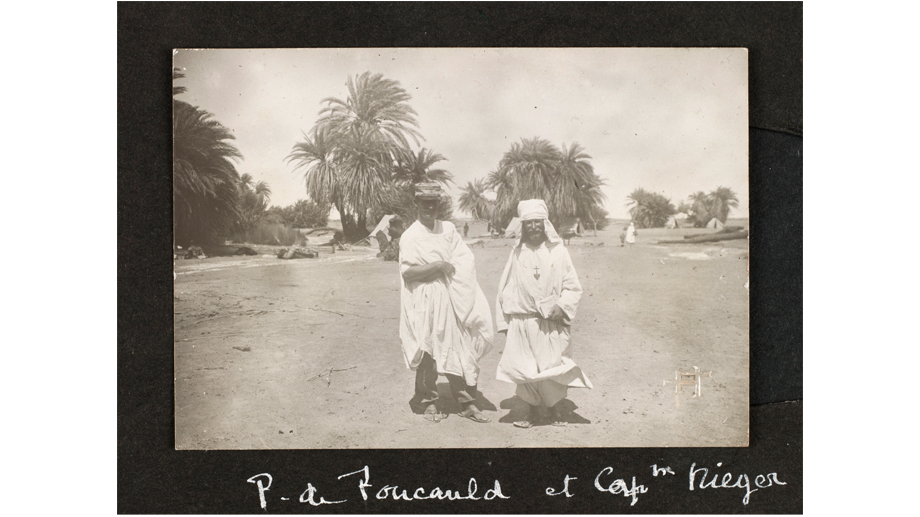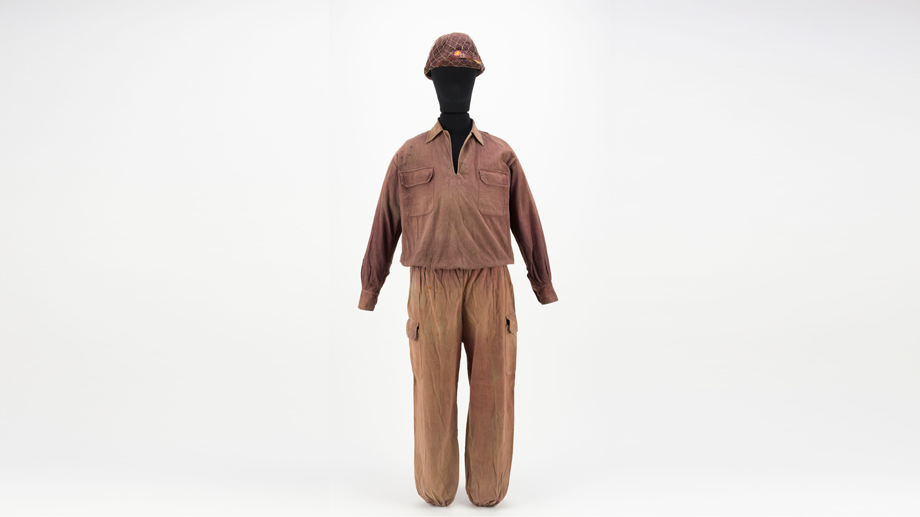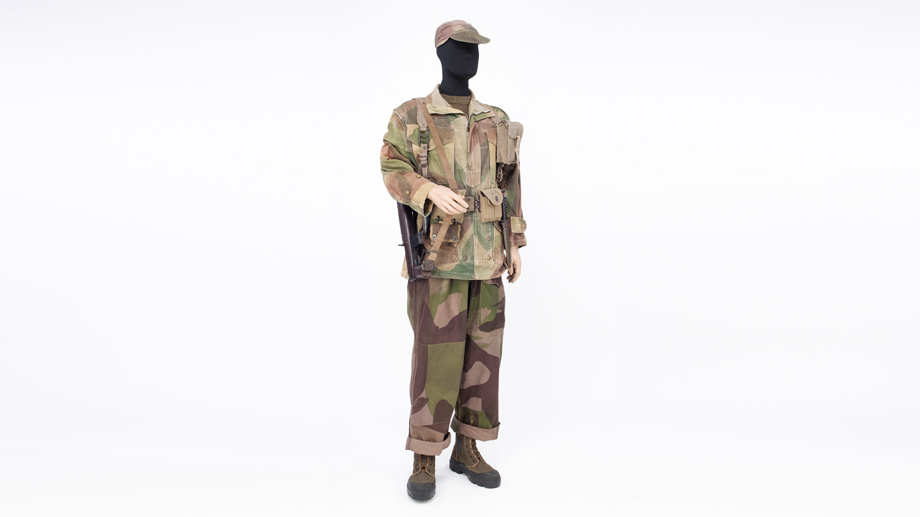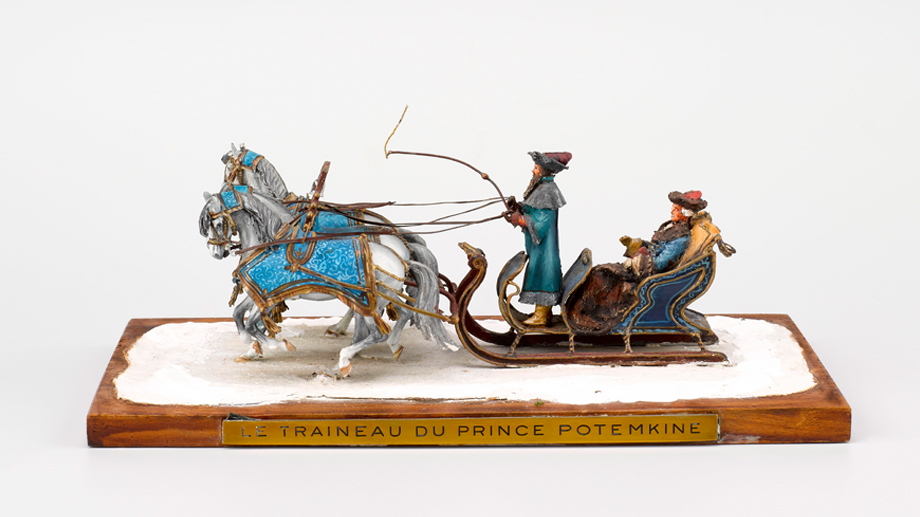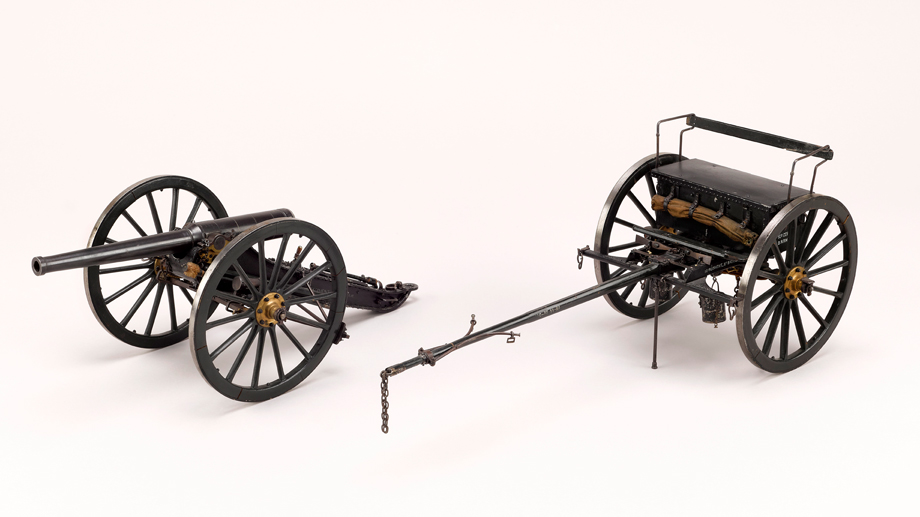
Donate an object
Each year, several hundred objects are added to the museum collections. You can help to enrich the museum's collections, and beyond that, our shared heritage, by donating objects. Donated objects are the main way of expanding the museum collections. Objects are donated without payment.
The museum collections are made up of uniforms, headgear, equipment, firearms, knives and swords, emblems and decorations, trophies, historic figurines, musical instruments, etchings, drawings, photographs, paintings, sculptures, toys, everyday objects relating to war, depictions of war and eye-witness accounts of war, by both civilians and members of the armed forces.
For the new rooms dedicated to French military operations in the 19th, 20th and 21st centuries, the Musée de l’Armée is particularly interested in original items relating to these periods, especially when they are closely linked to particular people or events, whether they relate to the French armed forces, their allies or enemies. Special attention is given to women who took part in the different wars and their portraits, to French involvement in the wars in Algeria, Indochina, Korea, the Gulf, Afghanistan, as well as all the overseas operations that have taken place in the past 30 years (Chad, Lebanon, the former Yugoslavia, Mali, etc.) and the fight against Daech.
The museum collections can also be expanded by purchase, deposit, certified donations, bequests and acceptance in lieu. Each method is subject to precise legal regulations. The museum teams can answer any questions you might have on these subjects.
Donation procedures
Each proposed donation is carefully examined by the museum's scientific teams. The teams pay close attention to the interest of the pieces in terms of science and heritage. The physical condition of the objects, as well as their suitability to the museum's collections (objects filling a gap in the collections, for example) are also taken into account.
Once the donation has been accepted by the museum's teams, an application is made to the scientific museum acquisition commission at the Armed Forces Ministry, which meets four times a year. The procedure for donating books or periodicals to the museum library is simpler, however, with no second validation phase at the ministry.
At the end of the process, the object becomes part of the national public collections definitively. It is then permanent state property, inalienable and irremovable.
The Musée de l’Armée may sometimes refuse donations in certain cases, especially for the following reasons: one or more objects of the same type that are already owned by the museum, objects of doubtful origin, etc. (non-exhaustive list). If you have any doubts, please send us a photograph of the object.
Who to contact
Depending on the kind of object you would like to donate and its period of origin, please contact:
- from the prehistoric period to 1643: ancien@musee-armee.fr
- from 1643-1871: moderne@musee-armee.fr
- from 1871-1945 or later: contemporain@musee-armee.fr
- to donate pictures (paintings, drawings, etchings, posters, photographs): iconographie@musee-armee.fr
- to donate firearms, please contact both: bibliotheque@musee-armee.fr
- pour un don concernant des armes à feu, merci de contacter conjointement : armes@musee-armee.fr and contemporain@musee-armee.fr
For any general question concerning procedures, you can contact the Experts and Inventory department: ld-dexi@musee-armee.fr.
What happens to objects you donate to the museum
Each object arriving in the museum collections undergoes a scientific study. The object is given a unique inventory number and is added to the collections database. It is then photographed, stamped and shown to the public in the exhibition rooms or placed in the reserves. A precise description is made of the piece, which may then be published in scientific works or reviews, on the collections blog and/or on the museum collections website.
The Musée de l’Armée has a double aim of enriching its national collections and of preserving our heritage for future generations. For conservation reasons, the museum does not permanently display all the works in the collection, especially textiles or pictures.
Some recent donations
In recent years, the Musée de l’Armée has acquired a wide range of items, including General Émile Nieger's collection of photographs, a North-Vietnam commando outfit, a set of uniforms and headgear with their owners' names from the Indochina war, a collection of pewter dishes and dioramas, and a scale model of an artillery piece.
